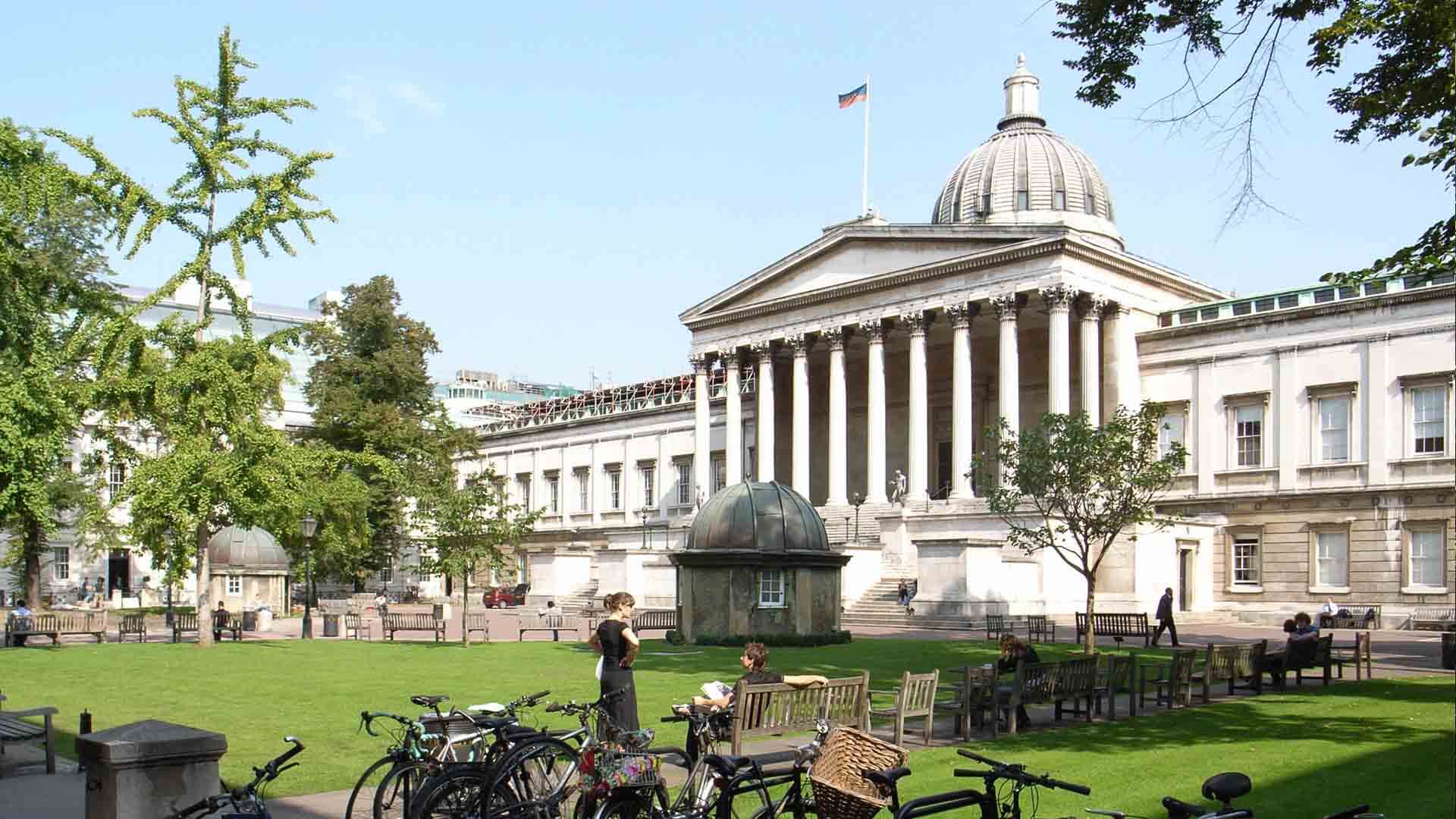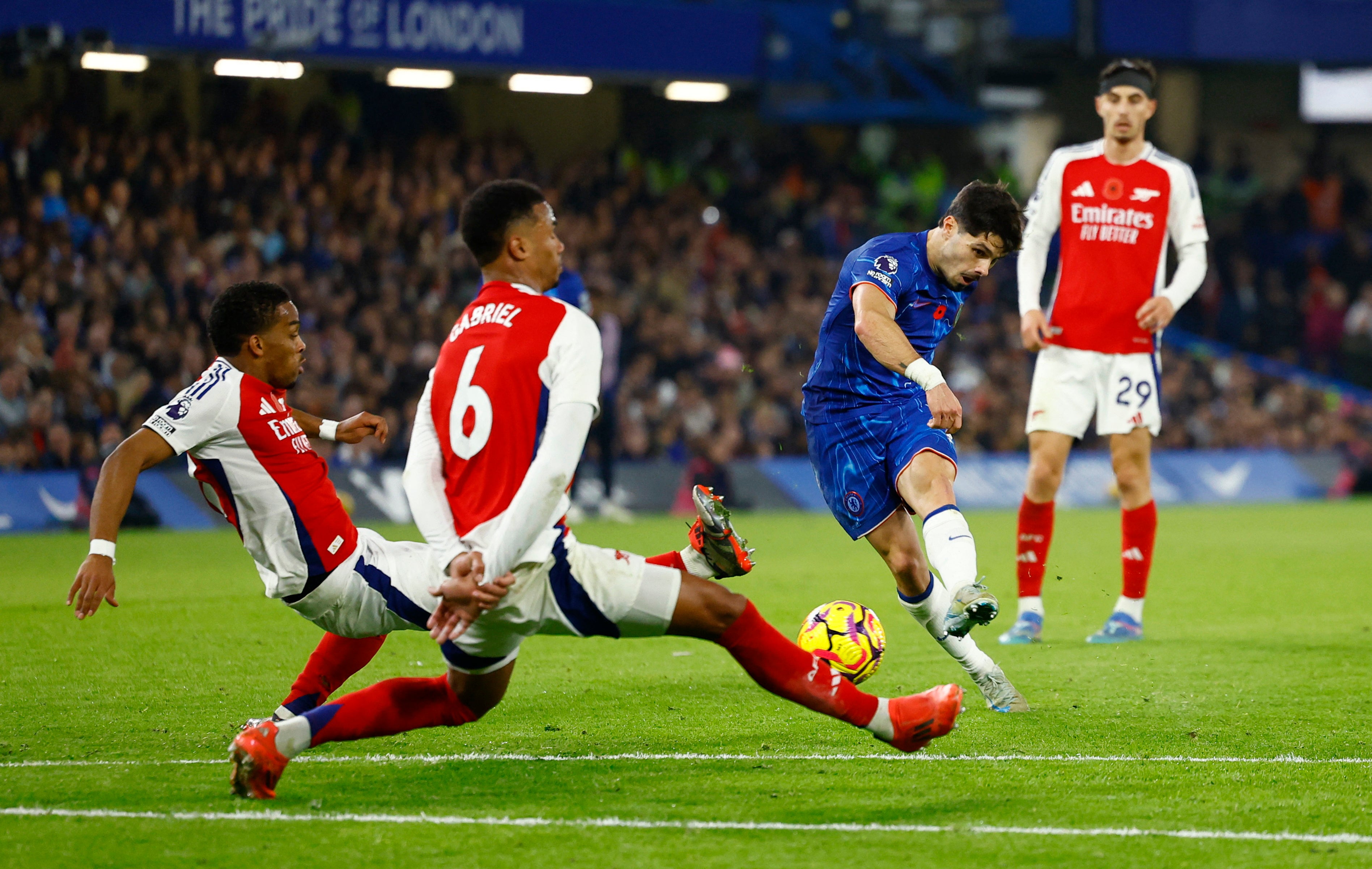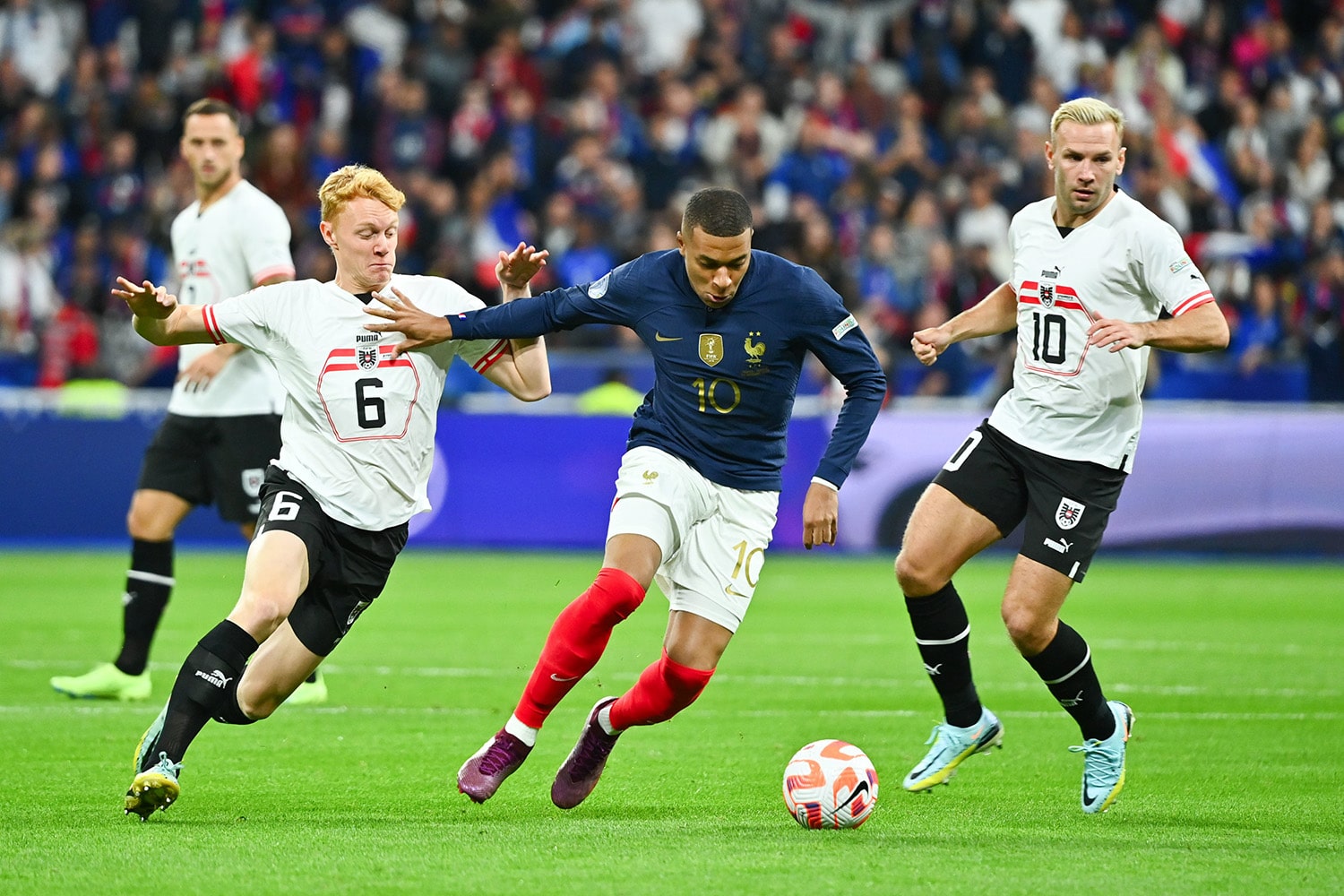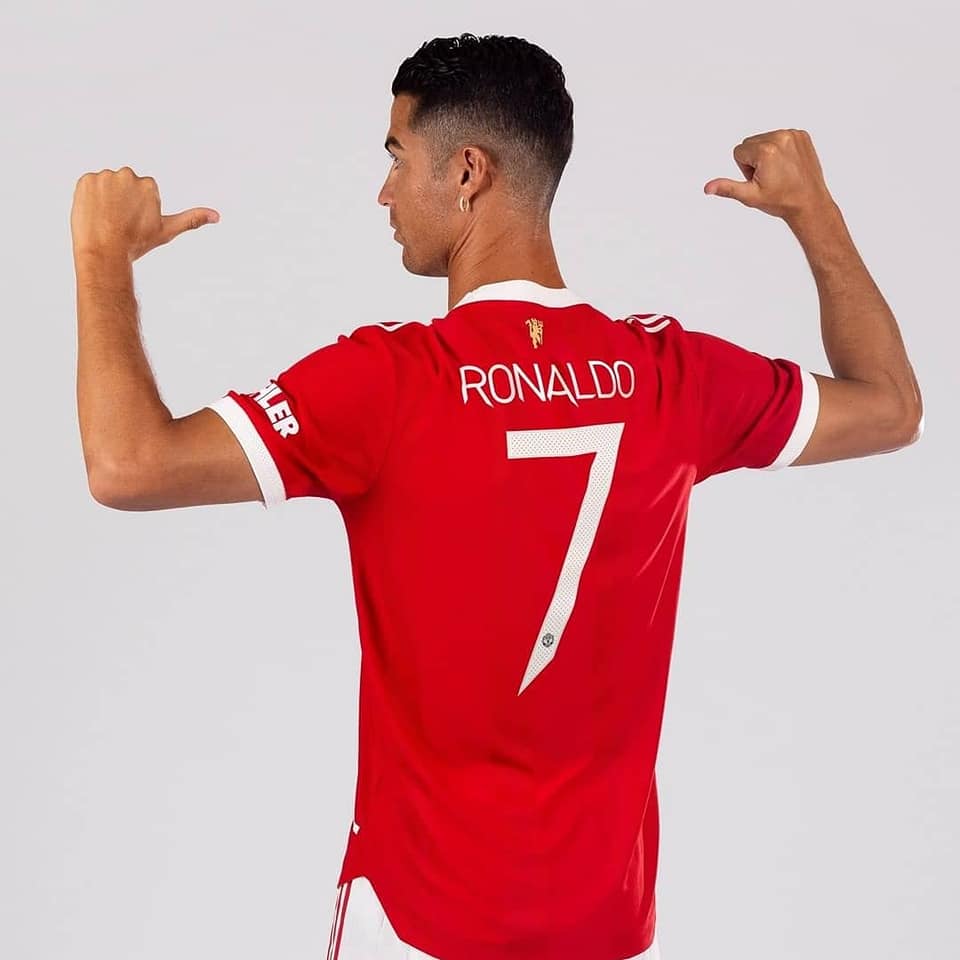
The Unsung Heroes: Celebrating UCL’s Top-Scoring Defenders
The UEFA Champions League, football’s most prestigious club competition, is a theatre of dreams where attacking maestros typically hog the limelight. Strikers are celebrated for their prolificacy, midfielders for their creativity, and wingers for their dazzling runs. Yet, beneath the dazzling array of offensive talent, there exists a unique breed of player whose contributions, though less frequent, often carry immense weight: the goal-scoring defender.
These are the gladiators who excel at their primary duty of protecting the goal but possess an uncanny knack for finding the back of the net at the other end. Their goals are often unexpected, sometimes spectacular, and frequently pivotal, turning the tide of crucial encounters. This article delves into the illustrious careers of some of the Champions League’s most prolific defenders, examining their unique scoring attributes, their most memorable moments, and the profound impact they had on their respective teams.
Sergio Ramos: The Ultimate Clutch Defender
When discussing goal-scoring defenders, one name inevitably rises above all others: Sergio Ramos. The legendary Spanish centre-back, primarily known for his uncompromising defending, leadership, and disciplinary record, has an astonishing goal tally for a player in his position. With 15 goals in the Champions League, Ramos isn’t just a top-scoring defender; he’s often the man for the biggest occasion.
Ramos’s scoring prowess is multifaceted. His aerial ability from set-pieces is arguably unmatched, consistently proving a nightmare for opposition defenders. His uncanny knack for ghosting into dangerous areas, combined with his powerful headers, has resulted in numerous crucial goals. Beyond headers, Ramos has also proven adept at penalties, stepping up in high-pressure situations with unwavering confidence.
His most iconic Champions League goal, without a doubt, came in the 2014 final against Atlético Madrid. With Real Madrid trailing 1-0 in the dying seconds of injury time, Ramos rose majestically to head home Luka Modrić’s corner, forcing extra time and paving the way for La Décima. This goal not only etched his name into Real Madrid folklore but also perfectly encapsulated his clutch gene. He followed this up with another vital header in the 2016 final against Atlético, opening the scoring. Ramos’s goals weren’t just statistics; they were often the turning points in Real Madrid’s historic Champions League triumphs. His leadership, combined with his surprising offensive output, made him an almost mythical figure in European football.
Roberto Carlos: The Brazilian Rocket Man
Before Ramos redefined the centre-back’s attacking role, Roberto Carlos was the benchmark for attacking full-backs. The Brazilian left-back, with his thunderous left foot and tireless runs down the flank, was a truly unique phenomenon. His 16 Champions League goals make him the highest-scoring defender in the competition’s history.
Roberto Carlos was not just a defender; he was an additional winger, a set-piece specialist, and a long-range artillery expert all rolled into one. His goals often came from improbable distances, defying physics with their swerve and power. While his free-kicks, particularly the famous “banana shot,” are legendary, he also scored numerous goals from open play, bombing forward from deep, linking up with attackers, and unleashing powerful shots or well-placed finishes.
His goal against Bayern Leverkusen in the 2002 final, though overshadowed by Zinedine Zidane’s volley, was a testament to his attacking prowess, as he surged forward to assist Zidane’s iconic winner. Roberto Carlos’s presence alone forced teams to adapt, knowing that any defensive lapse on his flank could result in a devastating shot or a perfectly weighted cross. He revolutionized the full-back role, proving that defenders could be just as exciting and impactful in attack as their more offensively minded teammates.
Marcelo: The Artful Dodger of the Left Flank
Following in Roberto Carlos’s footsteps at Real Madrid, Marcelo inherited the attacking left-back mantle and made it his own. With 10 Champions League goals, Marcelo is another testament to Real Madrid’s philosophy of encouraging full-backs to contribute significantly to the attack.
Marcelo’s style is distinct from Roberto Carlos’s raw power. He is an artist with the ball at his feet, possessing incredible dribbling skills, close control, and a flair for combining with attackers in tight spaces. His goals often come from intricate link-up play, cutting inside, or arriving late in the box to finish off moves. He wasn’t just a goal-scorer; he was a creator, often involved in the build-up to many of Real Madrid’s goals.
His goal in the 2014 Champions League final, a late strike in extra time against Atlético Madrid, further cemented his place in the club’s history. Marcelo’s consistent attacking threat, combined with his defensive duties (which sometimes drew criticism), made him a vital cog in Real Madrid’s four Champions League triumphs in five years. His ability to turn defense into attack with a single burst of acceleration or a deceptive dribble made him a nightmare for opposition right-backs.
Dani Alves: The Energizer Bunny of the Right Flank
Across the El Clásico divide, Dani Alves established himself as another full-back legend with an impressive scoring record. With 12 Champions League goals, the Brazilian right-back was a tireless engine for Barcelona, providing width, defensive cover, and a consistent attacking threat.
Alves’s game was built on relentless energy, superb crossing ability, and intelligent off-the-ball movement. His goals often came from arriving late in the box, capitalising on rebounds, or unleashing powerful shots from outside the area. He formed an almost telepathic understanding with Lionel Messi, their intricate one-twos often unlocking the tightest of defenses.
His goals weren’t always spectacular, but they were always impactful, reflecting his high work rate and tactical intelligence. Dani Alves redefined the role of a modern right-back, showcasing how a defender could be both defensively robust and a consistent offensive outlet, contributing to Barcelona’s era of dominance in the Champions League.
Gerard Piqué: The Aerial Dominator
Back to the centre-backs, Gerard Piqué stands tall, both literally and figuratively, among the top-scoring defenders in the Champions League. With 16 goals, Piqué, like Ramos, has proven to be an exceptional aerial threat from set-pieces, but also possesses a good footballing brain that allows him to be in the right place at the right time.
Piqué’s goals often came from corners and free-kicks, where his height, strength, and timing made him a formidable presence in the opposition box. His ability to read the game, even when venturing forward, allowed him to position himself effectively for goal-scoring opportunities. Beyond his aerial prowess, Piqué also displayed a surprisingly refined touch for a centre-back, occasionally scoring with well-placed finishes.
His longevity and consistency at the highest level meant he was a constant threat, year after year, for Barcelona. Piqué’s goals, while not always as dramatic as Ramos’s, were a consistent source of added value, helping Barcelona secure multiple Champions League titles.
John Terry: Captain, Leader, Legend, Scorer
The iconic Chelsea captain, John Terry, is another central defender who consistently found the back of the net in the Champions League. With 10 goals, Terry was a formidable force in both boxes.
Terry’s scoring style was quintessential centre-back: powerful headers from corners and free-kicks. His leadership and presence were undeniable, and his goals often came at crucial moments, galvanising his team. He was renowned for his brave commitment, often putting his body on the line, and this extended to his attacking play, where he would throw himself at any aerial delivery.
His most memorable Champions League goal was perhaps his header against Barcelona in the 2005 quarter-final, though Chelsea ultimately lost the tie. Terry’s goals were a reflection of his overall game: gritty, determined, and impactful. He embodied the spirit of Chelsea’s tough-to-beat teams that consistently challenged for European honours.
Ronald Koeman: The Architect of Barcelona’s First Glory
Stepping back in time, Ronald Koeman is an essential inclusion in any list of goal-scoring defenders. While his Champions League goals predate the modern format, his iconic status and unique ability to score from defense warrant his mention. As a centre-back for Barcelona, Koeman possessed an incredibly powerful and accurate right foot, making him a free-kick specialist of the highest order.
His most famous goal, and arguably one of the most significant in Barcelona’s history, was the thunderous free-kick in the 1992 European Cup final against Sampdoria. This goal secured Barcelona’s first-ever European Cup trophy, cementing Koeman’s legendary status. He was a pioneer, demonstrating that a central defender could be a primary source of goals, particularly from set-pieces, long before the likes of Ramos or Piqué emerged.
The Art of the Scoring Defender: How They Do It
The ability of these defenders to score consistently isn’t merely a coincidence; it’s a combination of specific attributes and tactical setups:
- Set-Piece Prowess: The most common source of goals for centre-backs. Height, strength, timing, and a powerful header are crucial. The ability to lose markers and attack the ball with conviction is key.
- Penalties: For players like Ramos, being a designated penalty taker adds significantly to their tally. This requires immense composure under pressure.
- Long-Range Shots/Free-Kicks: Roberto Carlos and Ronald Koeman exemplified this. A powerful, accurate shot from distance can turn defensive solidity into offensive flair.
- Marauding Runs and Overlaps: Full-backs like Roberto Carlos, Marcelo, and Dani Alves are masters of this. Their ability to burst forward, join attacks, and receive passes in advanced positions creates goal-scoring opportunities.
- Following Up Play: Sometimes, it’s simply about being in the right place at the right time, reacting quickest to deflections or loose balls inside the box.
- Leadership and Confidence: Defenders who score often possess strong leadership qualities and an inherent confidence to venture forward and take risks. Their goals can have a massive psychological impact on the game.
Conclusion: More Than Just Goals
The defenders highlighted in this article are more than just statistical anomalies; they are legends who redefined their positions. Their goals, often coming at pivotal moments, were integral to their teams’ successes in the Champions League. They remind us that football is a game of fluidity, where roles can blur, and unexpected heroes can emerge from any position on the pitch.
While their primary duty remains to prevent goals, the likes of Sergio Ramos, Roberto Carlos, Marcelo, Dani Alves, Gerard Piqué, John Terry, and Ronald Koeman proved that a defender’s contribution to victory extends far beyond tackles and clearances. They added an invaluable dimension to their teams, turning defensive steel into offensive gold, and forever etching their names into the rich tapestry of Champions League history. Their legacy ensures that when we watch the beautiful game, we’ll always keep an eye out for that towering header or thunderous strike from the back, reminding us that even the guardians of the goal can be its most surprising conquerors.



